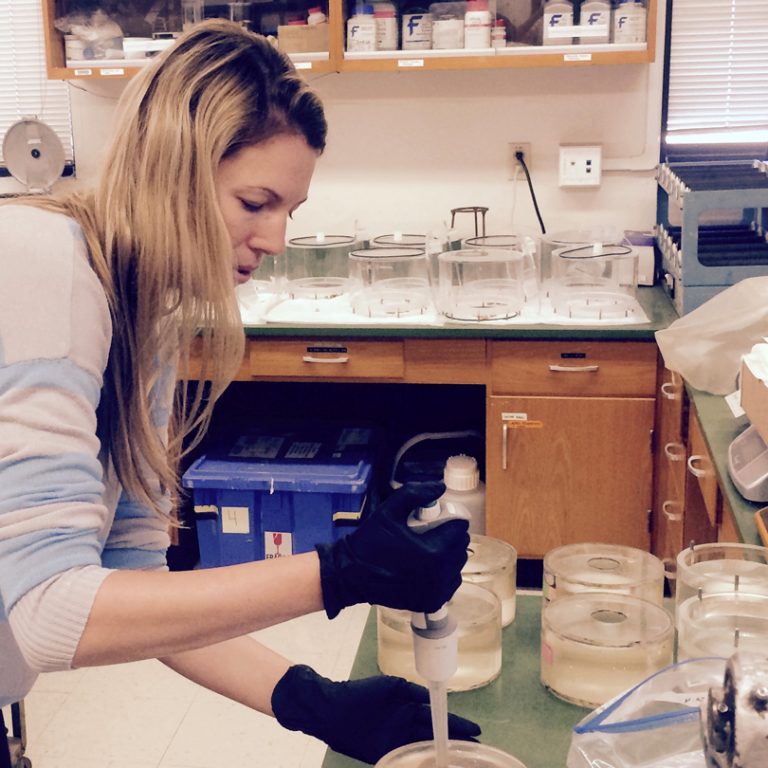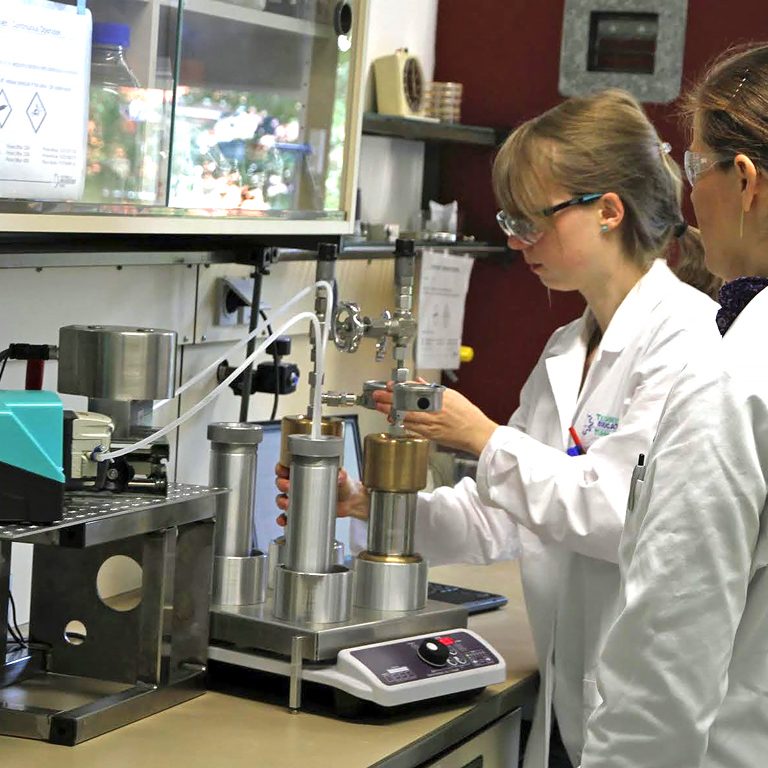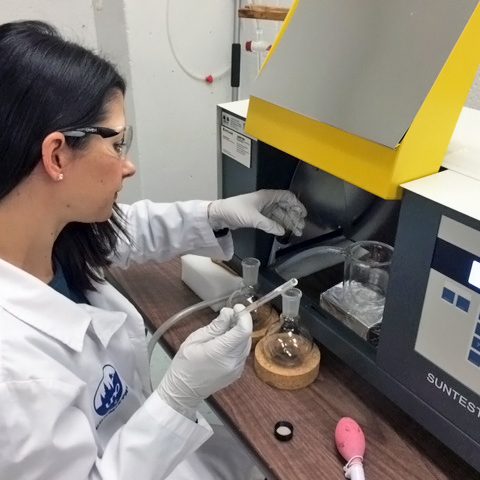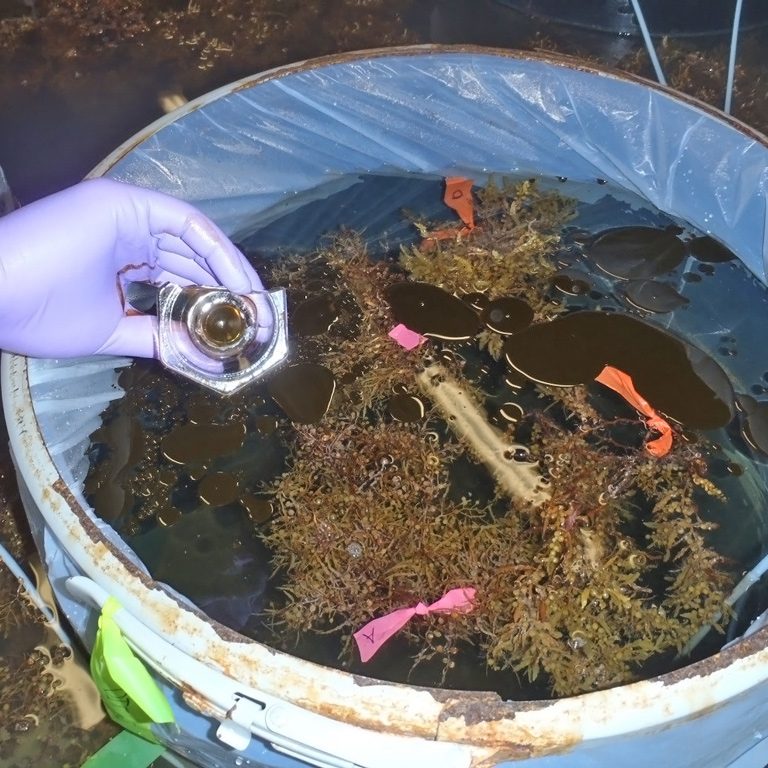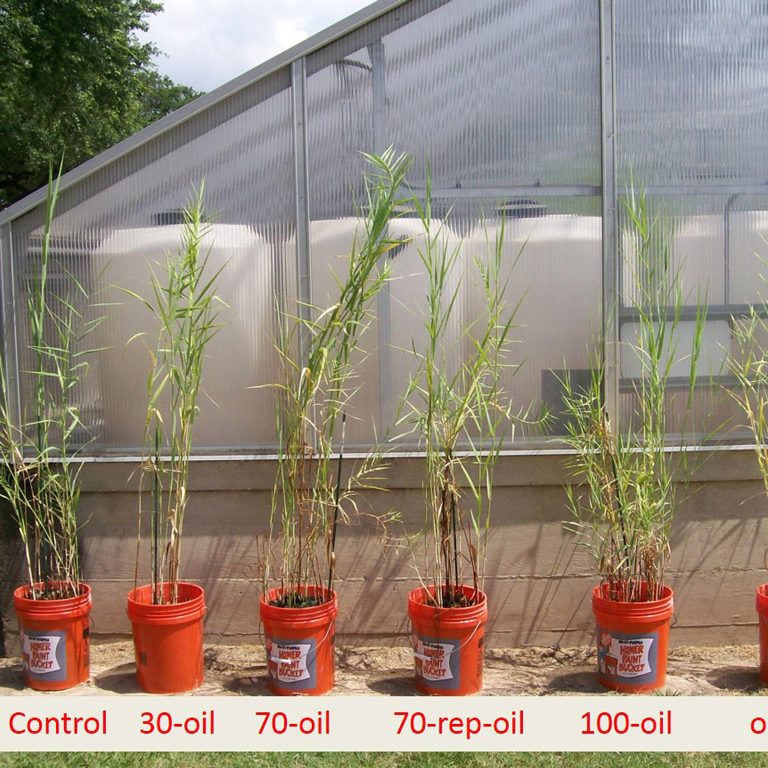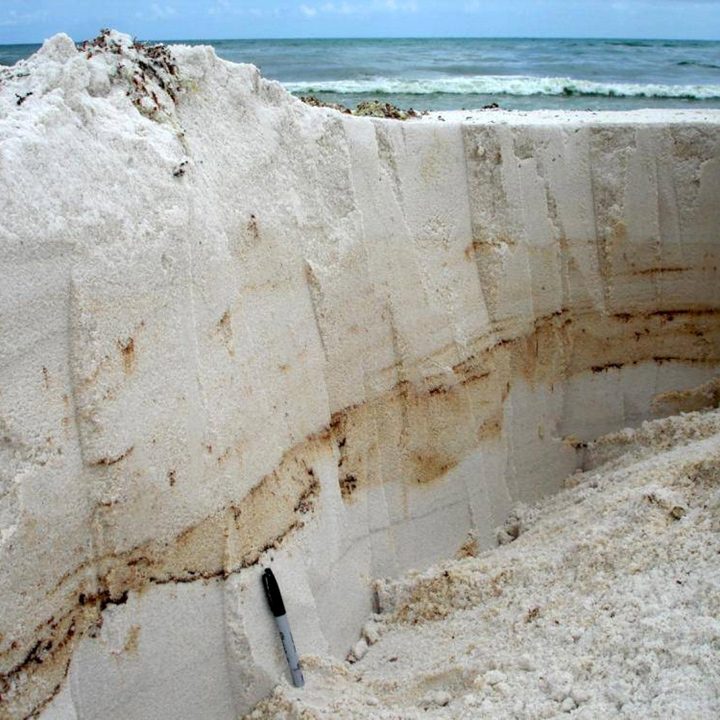Studies Describe Lingering Presence of Hydrocarbons along the Alabama Shoreline
Auburn University scientists documented submerged oil mats and surface residual balls (also known as tar balls) on Alabama’s sandy beach systems and analyzed the physical and chemical evolution of compounds matching the characteristics of Macondo oil.


